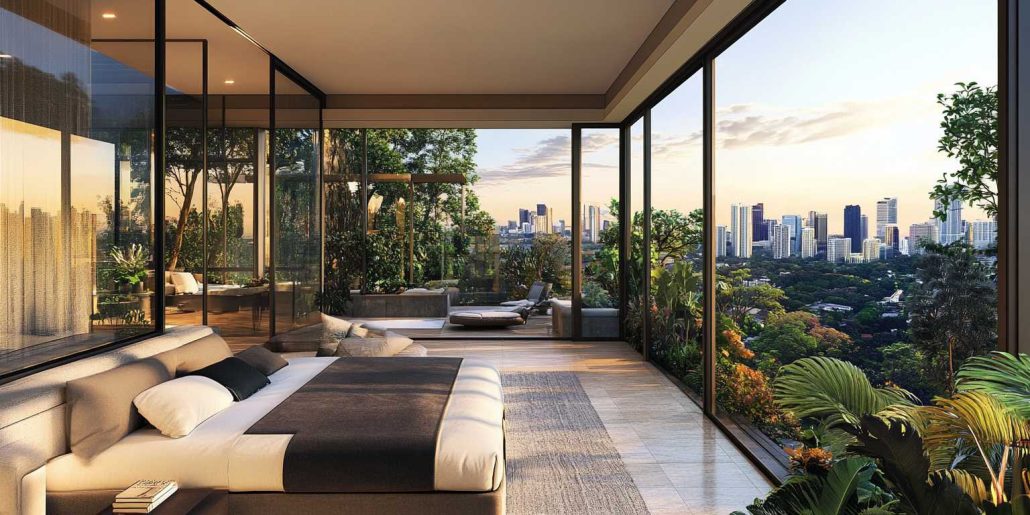Creating a home that combines comfort and functionality is essential for a modern lifestyle. Thoughtful design choices can transform living spaces into environments that are not only aesthetically pleasing but also practical for daily use. By incorporating smart ideas, homeowners can maximize space, improve usability, and elevate overall well-being within their homes.
For those looking to upgrade their living spaces, consulting an expert in residential interior design can provide valuable guidance. Professional designers assess the layout, lighting, storage, and overall flow of a home to recommend solutions that enhance both comfort and functionality. With their expertise, homeowners can implement design strategies that make everyday life easier and more enjoyable.
1. Optimize Space with Multi-Functional Furniture
Multi-functional furniture is a key solution for enhancing both comfort and practicality. Pieces such as sofa beds, extendable dining tables, and storage ottomans allow homeowners to maximize available space without cluttering the room. Investing in versatile furniture ensures that every piece serves a purpose, improving usability while maintaining a clean and organized look.
2. Improve Lighting and Ambiance
Proper lighting plays a crucial role in creating a comfortable home environment. Combining natural light with well-placed artificial lighting enhances mood, highlights architectural features, and improves visibility. Adjustable lighting options, such as dimmers or layered lighting with task and ambient sources, allow homeowners to tailor the ambiance to different activities and times of day.
3. Incorporate Smart Storage Solutions
Effective storage solutions reduce clutter and keep essential items accessible. Built-in cabinets, under-bed storage, and wall-mounted shelving maximize space utilization while maintaining a tidy appearance. Customized storage solutions can be designed to fit specific needs, ensuring that each area of the home is both functional and visually appealing.
4. Create Comfortable and Inviting Zones
Designating specific areas for relaxation, work, and social interaction improves both functionality and comfort. Cozy reading nooks, home offices, and entertainment corners allow family members to enjoy activities comfortably without interference. Thoughtful zoning also supports organization and helps maintain a sense of order throughout the home.
5. Choose Ergonomic and Comfortable Furnishings
Furniture that prioritizes ergonomics enhances comfort while supporting proper posture and reducing physical strain. Adjustable chairs, supportive sofas, and well-designed workstations contribute to long-term well-being. Selecting furnishings that combine style with functionality ensures that the home is both attractive and comfortable for daily use.
6. Integrate Technology for Convenience
Smart home technology can significantly enhance functionality and comfort. Automated lighting, climate control, and security systems allow homeowners to manage their environment with ease. Voice-activated devices, smart appliances, and energy-efficient solutions create a seamless and convenient living experience, reducing manual tasks and improving overall quality of life.
Conclusion
Enhancing comfort and functionality at home requires a thoughtful approach that combines design, organization, and technology. By optimizing space with multi-functional furniture, improving lighting, implementing smart storage solutions, creating designated zones, selecting ergonomic furnishings, and integrating smart technology, homeowners can transform their spaces into practical and enjoyable environments.




